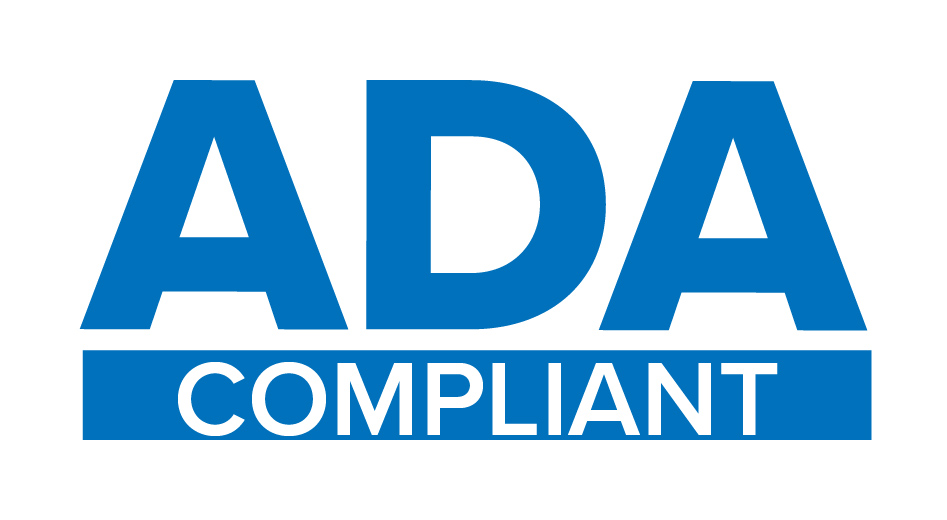Oklahoma legislators could require schools to show controversial ‘Baby Olivia’ video
OKLAHOMA CITY — A controversial anti-abortion video could become part of the curriculum for Oklahoma students in November after legislation cleared the state House Monday.
House Bill 1603 from Rep. Emily Gise, R-Oklahoma City, outlines requirements and standards for a video teaching “human biology related to pregnancy” and “human development inside of a womb.” The bill requires parents to opt-in their students to the curriculum, but makes viewing it a graduation requirement for Oklahoma high school students unless they are not opted-in.
While the legislation does not explicitly name the “Baby Olivia” video and the bill author rebuked any direct relation, the video fits the outlined requirements. In several other states, similar legislation with nearly identical language directly named “Baby Olivia.”
The controversial video is produced by Live Action, an anti-abortion organization, and narrates the development of a fetus inside a womb from conception until birth. The group said the video’s accuracy was reviewed by several doctors, but all are associated with anti-abortion or Christian organizations, according to reporting from Stateline.
Oklahoma’s video must be “a high-definition ultrasound video, at least three minutes in duration, showing the development of the fetus in a biological woman” and “a high-quality, computer-generated rendering or animation showing the process of fetal development, highlighting significant markers in cell growth and organ development until birth.”
These are the same requirements listed in more explicit “Baby Olivia” legislation around the country.
Oklahoma schools are currently not required to teach sex education, but do have to provide HIV/AIDS prevention instruction and health education. Gise said her legislation gives parents a say in what their children learn when it comes to health education as they have to opt their students in.
Rep. Melissa Provenzano, D-Tulsa, said the “Baby Olivia” video was deemed inaccurate by many other states and asked Gise to provide a list of acceptable videos that meet her standards, which was not provided.
Provenzano said this appeared to be model legislation being pushed by Live Action, but Gise said she is not familiar with the group pushing the “Baby Olivia” video and said she “highly doubts” there is an exact replica of her bill as she worked “tirelessly” on it.
She said other states have similar requirements which is indicative of a growing trend in this “compassionate and conservative movement.”
Gise said there are plenty of “science-based and medically sound” videos available for free online and that her bill does not mandate a specific video but rather a “set of standards.” Local school districts would be tasked with choosing what video to include in curriculum, with the State Board of Education available for guidance on selecting scientifically accurate options.
While Gise said seeing the development of a fetus in the womb “will create a culture that understands and values the sanctity of life” and lead to more informed decisions and less teen pregnancies in Oklahoma, critics of the bill did not appear to be satisfied with this reasoning.
Rep. Andy Fugate, D-Oklahoma City, said the bill’s language was broad and could potentially open the door to teachers choosing to teach sex education, which he said fits under the language of “human biology related to pregnancy.”
Gise disagreed and said her bill is narrowly focused on human growth and development.
States with similar legislation in various stages of the legislative process include Iowa, Arkansas, Nebraska, Tennessee, North Dakota and Florida.
The bill passed through the Oklahoma House 75-18 Monday, with two Republicans joining Democratic representatives in voting against it.
A Senate version of the bill was not heard in committee this year.
Oklahoma Voice (oklahomavoice.com) is an affiliate of States Newsroom, the nation’s largest state-focused nonprofit news organization, supported by grants and donations. Oklahoma Voice provides nonpartisan reporting, and retains full editorial independence.

